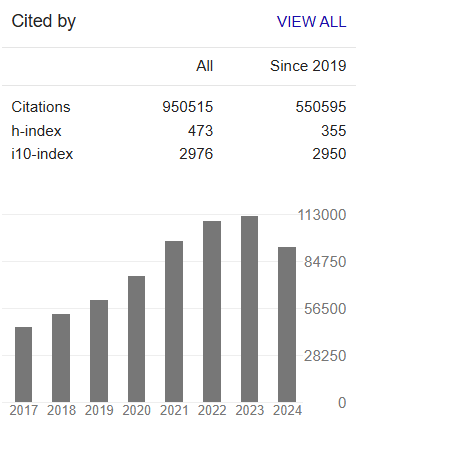Separation of Chromium Cadmium Nickel and Titanium from Ilmenite Ore
Abstract
Mahmoud A Rabah, Tarek A El Barbary
This study shows the separation of chromium, cadmium, nickel and titanium from Egyptian ilmenite ore. The method implicates leaching the ore in 20% hydrochloric acid. Titanium ions, after removal of the ferrous ions, were precipitated as a hydroxide. It was reduced with 1 M alcoholic ascorbic acid. Chromium, cadmium, and nickel in the leachate were estranged by a strongly basic Lewatit 600 anion exchanger. The picked-up elements were eluted using 4M hydrochloric acid. An azo resorcinol 4-(2-pyridylazo) dye helps complexing of the adsorbed elements to form negatively charged complexes. Adsorption isotherms were modelled in an ethanol/acetic acid/water media.
Results show that the convenient conditions of leaching the ore were 30% HCl for 120 min at 80°C, solid: liquid ratio of 1:30 and stirring. The interaction between the metal ions and the ion-exchanger to form the complex compounds is an electrostatically controlling-adsorption step. The trivalent chromium showed a significant perception at an acid medium at a pH 3.5-4.5. Cadmium and nickel ions uptake takes place in an alkaline medium. The chelating capacity of the sorbent is proportional to the electronegativity of the metal-dye complexes. The �??E of the leaching process amounts to 13.8 kJ per mole



